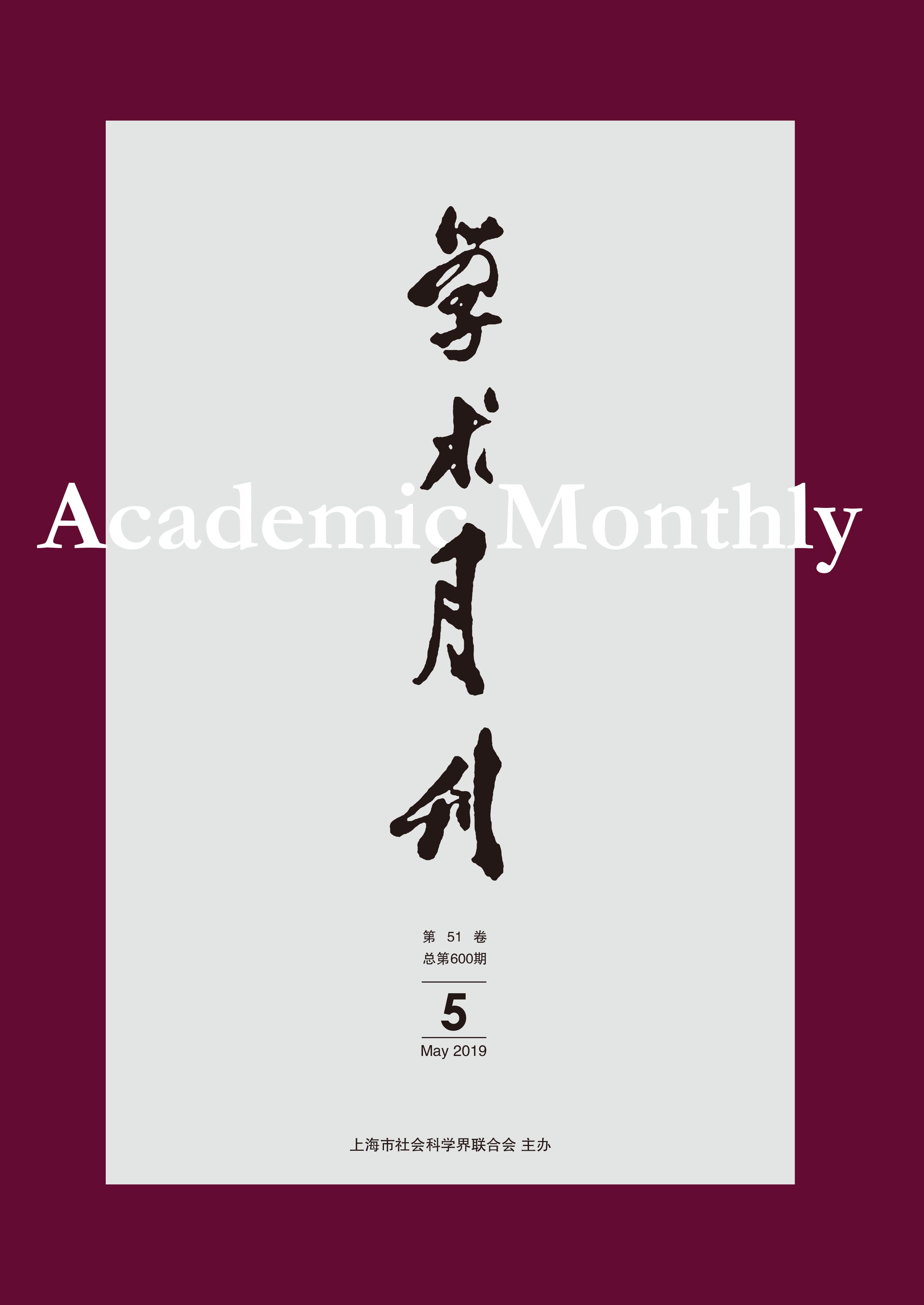Citation:
Guoyi WU. A Historical Investigation on the Spread of the Name and Concept of the Silk Road[J]. Academic Monthly, 2019, 51(5): 145-167, 184.

A Historical Investigation on the Spread of the Name and Concept of the Silk Road
-
Abstract
The idea of Silk Road was introduced into Chinese literature in the late 19th and early 20th century. From the 1920s on, Chinese translations adopted names like " the ancient road of silk business”, " the route access of silk trade”, and " the road of silk transportation”, etc.. Starting from the 1930s, the names and concept of Silk Road were disseminated and gradually accepted in China due to several reasons: the stimulation of Marc Stein and Sven Hedin’s explorations in the northwestern frontier, the development of the studies on Sino-Western communications, the enthusiastic support to " develop the northwestern areas”, the intellectuals’ translations, and the introductions from newspapers and the public media. But initially, the names varied. It took a long time to limit the expressions to " silk road” and " silk way”. Some scholars employed the foreign originated names and made them a conceptual tool in academic narratives. After the 1940s, the expressions won popularity in the academia and the public media. The most representative two, " silk road” and " silk way”, were even introduced into middle school textbooks. They became official expressions and received public recognition. Furthermore, many works envisioned the future of the " silk road”, discussing its strategic significance on economy and culture. Despite the fact that the regimes changed from one to another, the name and concept of Silk Road remained.
-

-
References
-
Access
-
-
[1]
TANG Zhesheng
. . Academic Monthly,
2018, 50(9): 131-139.
-
[2]
Jin DU
. Stories, Images and Law Publicity: Focus on Shengyu Xiangjie issued in Qing Dynasty. Academic Monthly,
2019, 51(3): 109-122.
-
[3]
Yajun CHEN
. How the Myth of the Given is Collapsed by Pittsburgh School. Academic Monthly,
2023, 55(1): 20-30.
-
[4]
. . Academic Monthly,
2017, 49(12): 44-47.
-
[5]
. . Academic Monthly,
2017, 49(07): 157-164.
-
[6]
MA Tianhang
. . Academic Monthly,
2018, 50(8): 80-92.
-
[7]
Dan HUANG
. Newspaper and Newspaper Offices: Two Perspectives to Examine the History of Chinese Newspapers and Periodicals. Academic Monthly,
2020, 52(10): 165-178.
-
[8]
. . Academic Monthly,
2016, 48(10): 164-179.
-
[9]
Chang’an FANG
. Transmission-Reception and the Reconstruction of Chinese New Poetry History. Academic Monthly,
2022, 54(10): 134-143, 155.
-
[10]
. . Academic Monthly,
2017, 49(04): 167-177.
-
[11]
Rongtang TANG
. The Spread of the Revolutionary Ideology of the Communist Party of China in Japan around the May 30th Movement. Academic Monthly,
2022, 54(11): 207-216.
-
[12]
ZHAO Jianguo
. The Spread of Concept Sea Power on Press in Late Qing Period. Academic Monthly,
2023, 55(6): 193-205.
-
[13]
TAO Dongfeng
. An Analysis of Hannah Arendt’s Concept of the “World”. Academic Monthly,
2024, 56(2): 115-123.
-
[14]
Xue SONG
. The Construction of the Modern Chinese Concept of Weixin (Reform). Academic Monthly,
2020, 52(3): 121-131.
-
[15]
Jiang SUN
. China’s Turn of Conceptual History Research. Academic Monthly,
2018, 50(10): 150-158.
-
[16]
Feng YU
. Nonconceptualism of Experiential Content Revisited. Academic Monthly,
2018, 50(12): 17-24.
-
[17]
. . Academic Monthly,
2016, 48(04): 84-90.
-
[18]
Qingshan YAN
. A Conceptual History and Philosophy of Understanding. Academic Monthly,
2021, 53(6): 45-57.
-
[19]
Jianzhou FU
. The Communication Context of Evolutionism and the Cannibalism Speech of Modern China. Academic Monthly,
2019, 51(3): 131-139.
-
[20]
. . Academic Monthly,
2017, 49(06): 164-172.
-
-



 沪公网安备 31010102003103号
沪公网安备 31010102003103号 DownLoad:
DownLoad: